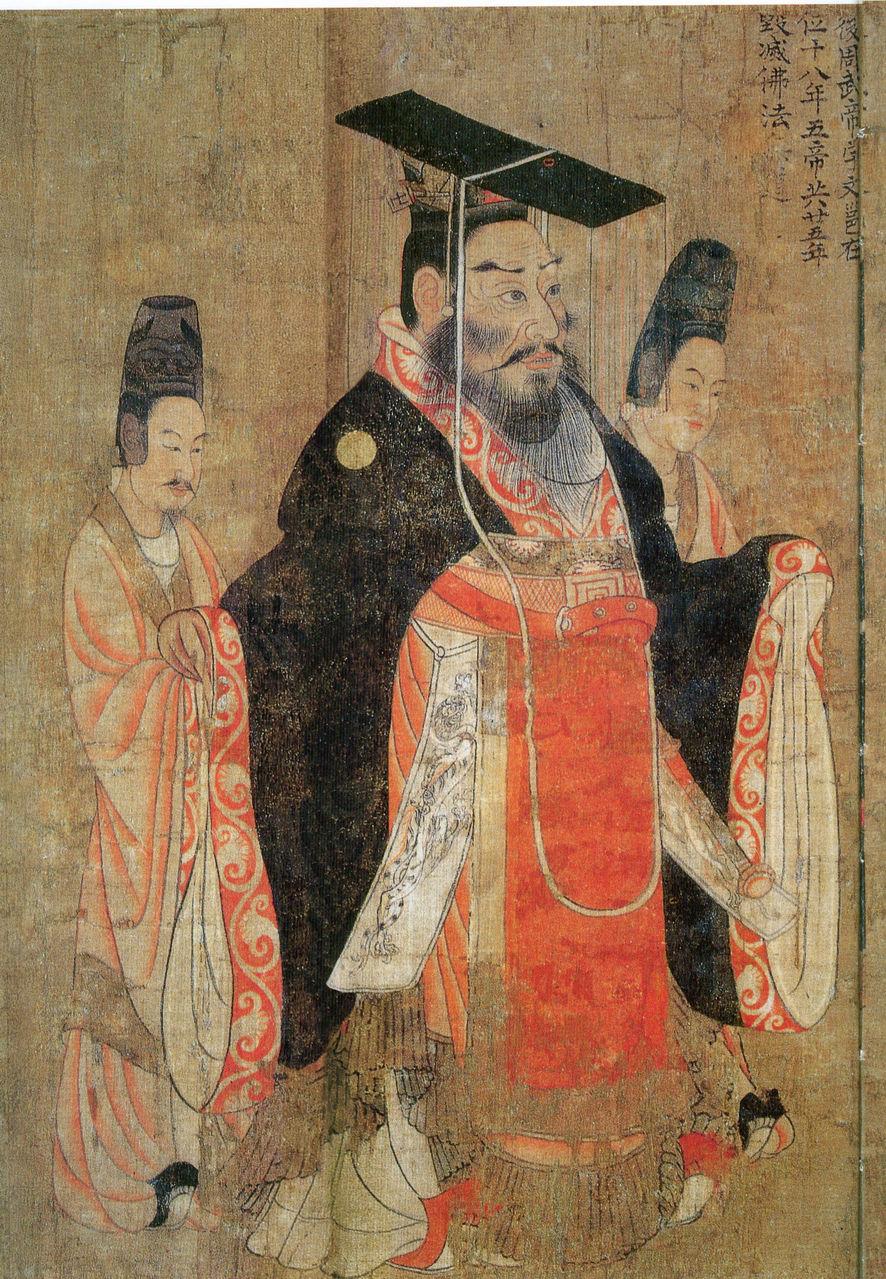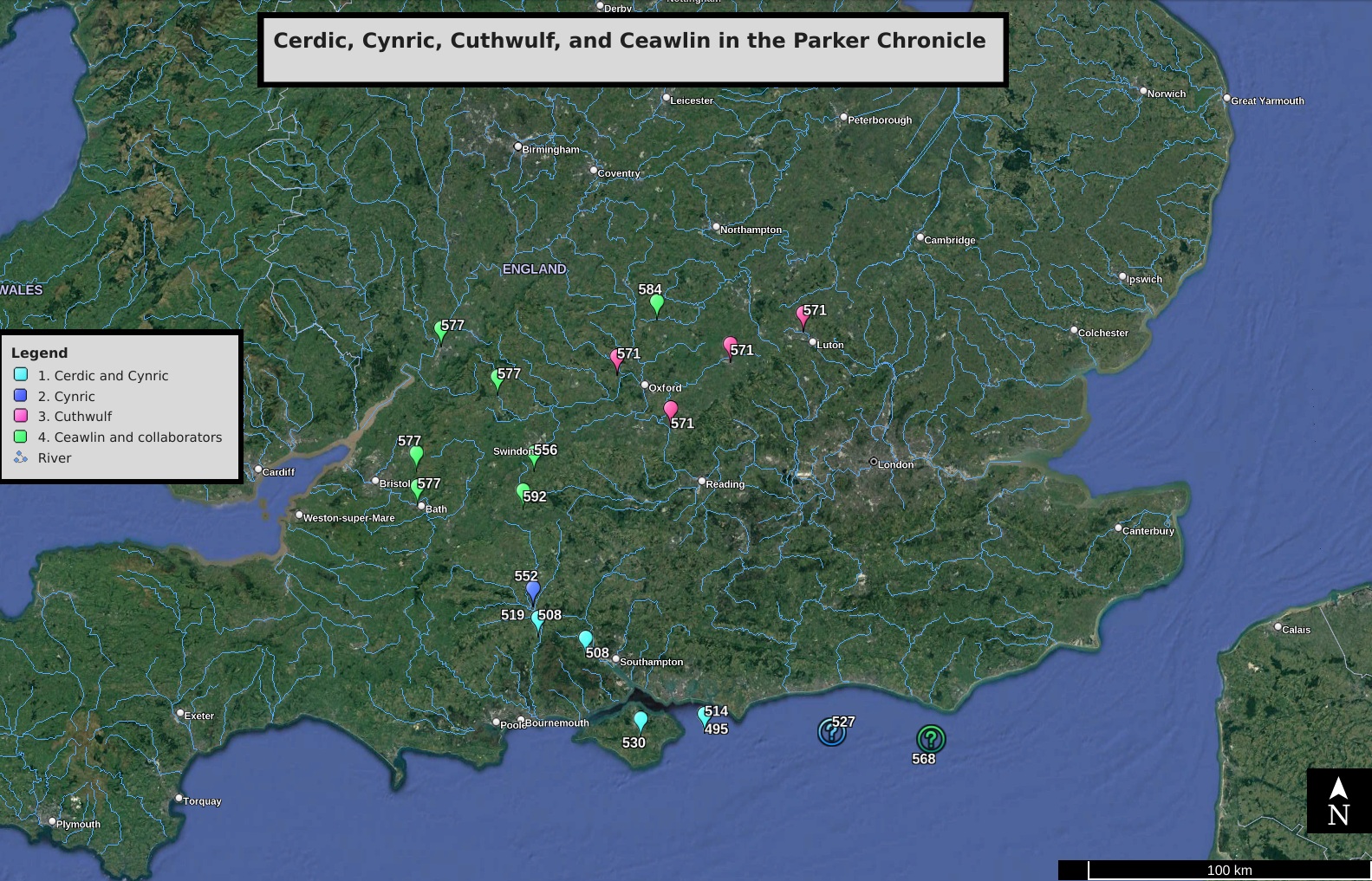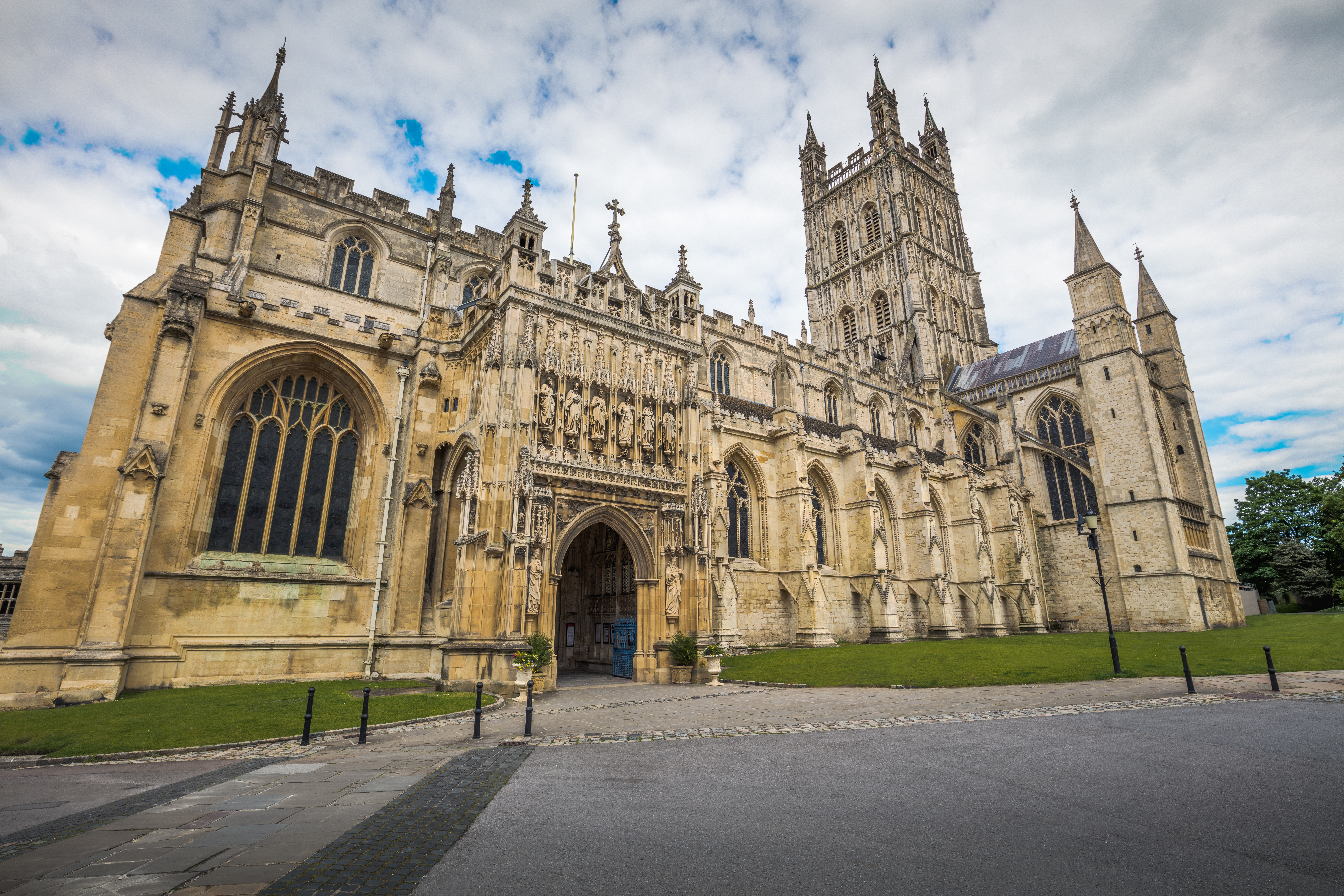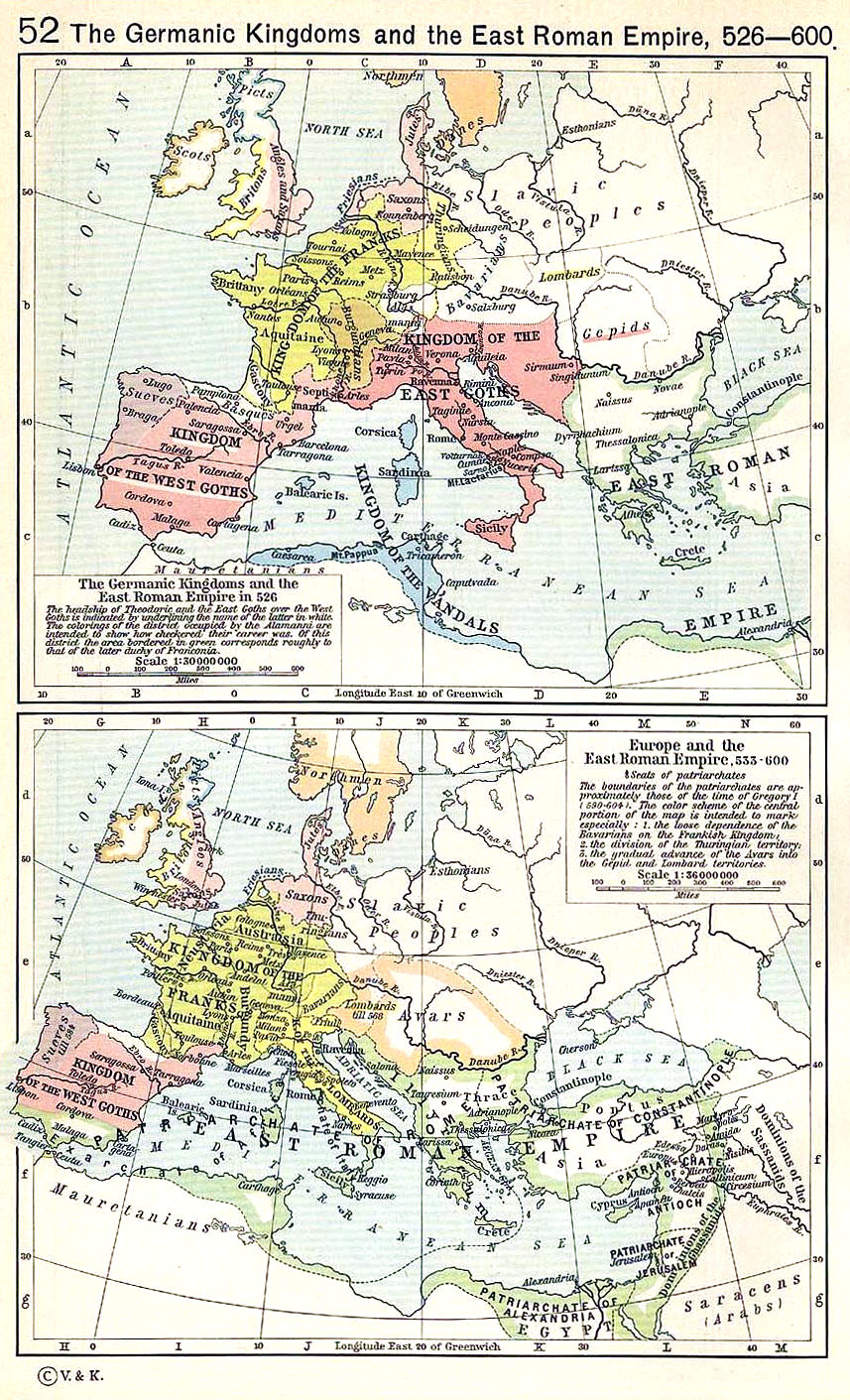|
577
__NOTOC__ Year 577 ( DLXXVII) was a common year starting on Friday of the Julian calendar. The denomination 577 for this year has been used since early medieval times, when the Anno Domini calendar era became the prevalent method in Europe for naming years. Events By place Byzantine Empire * Byzantine–Sassanid War: A Byzantine expeditionary force under command of Justinian (''magister militum'') invades Caucasian Albania, launching raids across the Caspian Sea against the Persians. * Summer – Tiberius, Byzantine co-ruler (''Caesar''), establishes a naval base at Derbent on the Caspian Sea to construct a Byzantine fleet (approximate date). * Winter – Maurice is appointed commander-in-chief of the Byzantine army in the East. He succeeds Justinian, despite complete lack of military experience. Europe * Battle of Deorham: The Anglo-Saxons under Ceawlin of Wessex invade the lower Severn Valley, and defeat the British Celts at Dyrham (South West England). ... [...More Info...] [...Related Items...] OR: [Wikipedia] [Google] [Baidu] |
Battle Of Deorham
The Battle of Deorham (or Dyrham) is portrayed by the ''Anglo-Saxon Chronicle'' as an important military encounter between the West Saxons and the Britons in the West Country in 577. The ''Chronicle'' depicts the battle as a major victory for Wessex's forces, led by Ceawlin and one Cuthwine, resulting in the capture of the Romano-British towns of (Gloucester), (Cirencester), and (Bath). Evidence The only evidence for the battle is an entry in the ''Anglo-Saxon Chronicle'', in the so-called 'common stock' of annals on which all manuscripts of the ''Chronicle'' build that was edited into its current form in the later ninth century.. As given in the earliest manuscript, the Parker Chronicle, the annal reads: Scholars agree that the place-name here survives in the name of Dyrham in what is now South Gloucestershire, on the Cotswolds escarpment a few miles north of Bath, and that it is here that the battle is portrayed as taking place. The identification of the other ci ... [...More Info...] [...Related Items...] OR: [Wikipedia] [Google] [Baidu] |
Sassanid Empire
The Sasanian Empire (), officially Eranshahr ( , "Empire of the Iranians"), was an Iranian empire that was founded and ruled by the House of Sasan from 224 to 651. Enduring for over four centuries, the length of the Sasanian dynasty's reign over ancient Iran was second only to the directly preceding Arsacid dynasty of Parthia. Founded by Ardashir I, whose rise coincided with the decline of Arsacid influence in the face of both internal and external strife, the House of Sasan was highly determined to restore the legacy of the Achaemenid Empire by expanding and consolidating the Iranian nation's dominions. Most notably, after defeating Artabanus IV of Parthia during the Battle of Hormozdgan in 224, it began competing far more zealously with the neighbouring Roman Empire than the Arsacids had, thus sparking a new phase of the Roman–Iranian Wars. This effort by Ardashir's dynasty ultimately re-established Iran as a major power of late antiquity.Norman A. Stillman ''The Jew ... [...More Info...] [...Related Items...] OR: [Wikipedia] [Google] [Baidu] |
Bath, Somerset
Bath (Received Pronunciation, RP: , ) is a city in Somerset, England, known for and named after its Roman Baths (Bath), Roman-built baths. At the 2021 census, the population was 94,092. Bath is in the valley of the River Avon, Bristol, River Avon, west of London and southeast of Bristol. The city became a UNESCO World Heritage Site in 1987, and was later added to the transnational World Heritage Site known as the "Great Spa Towns of Europe" in 2021. Bath is also the largest city and settlement in Somerset. The city became a spa with the Latin name ' ("the waters of Sulis") 60 AD when the Romans built Roman Baths (Bath), baths and a temple in the valley of the River Avon, although List of geothermal springs in the United Kingdom, hot springs were known even before then. Bath Abbey was founded in the 7th century and became a religious centre; the building was rebuilt in the 12th and 16th centuries. In the 17th century, claims were made for the curative properties of water ... [...More Info...] [...Related Items...] OR: [Wikipedia] [Google] [Baidu] |
Gloucester
Gloucester ( ) is a cathedral city, non-metropolitan district and the county town of Gloucestershire in the South West England, South West of England. Gloucester lies on the River Severn, between the Cotswolds to the east and the Forest of Dean to the west; it is sited from Monmouth, from Bristol, and east of the England and Wales border, border with Wales. Gloucester has a population of around 132,000, including suburban areas. It is a port, linked via the Gloucester and Sharpness Canal to the Severn Estuary. Gloucester was founded by the Roman Empire, Romans and became an important city and ''Colonia (Roman), colony'' in AD 97, under Nerva, Emperor Nerva as ''Glevum, Colonia Glevum Nervensis''. It was granted its first charter in 1155 by Henry II of England, Henry II. In 1216, Henry III of England, Henry III, aged only nine years, was crowned with a gilded iron ring in the Chapter House of Gloucester Cathedral. Gloucester's significance in the Middle Ages is unde ... [...More Info...] [...Related Items...] OR: [Wikipedia] [Google] [Baidu] |
Ceawlin Of Wessex
Ceawlin ( ; also spelled Ceaulin, Caelin, Celin, died ''ca.'' 593) was a King of Wessex. He may have been the son of Cynric of Wessex and the grandson of Cerdic of Wessex, whom the ''Anglo-Saxon Chronicle'' represents as the leader of the first group of Saxons to come to the land which later became Wessex. Ceawlin was active during the last years of the Anglo-Saxon expansion, with little of southern England remaining in the control of the native Britons by the time of his death. The chronology of Ceawlin's life is highly uncertain. The historical accuracy and dating of many of the events in the later ''Anglo-Saxon Chronicle'' have been called into question, and his reign is variously listed as lasting seven, seventeen, or thirty-two years. The ''Chronicle'' records several battles of Ceawlin's between the years 556 and 592, including the first record of a battle between different groups of Anglo-Saxons, and indicates that under Ceawlin Wessex acquired significant territory ... [...More Info...] [...Related Items...] OR: [Wikipedia] [Google] [Baidu] |
Maurice (emperor)
Maurice (; ; 539 – 27 November 602) was Eastern Roman emperor from 582 to 602 and the last member of the Justinian dynasty. A successful general, Maurice was chosen as heir and son-in-law by his predecessor Tiberius II. Maurice's reign was troubled by almost constant warfare. After he became emperor, he brought the Byzantine–Sasanian War of 572–591, war with Sasanian Persia to a Battle of the Blarathon, victorious conclusion. The empire's eastern border in the South Caucasus was vastly expanded and, for the first time in nearly two centuries, the Romans were no longer obliged to pay the Persians thousands of pounds of gold annually for peace. Afterward, Maurice Maurice's Balkan campaigns, campaigned extensively in the Balkans against the Pannonian Avars, Avars—pushing them back across the Danube by 599. He also conducted campaigns across the Danube, the first Roman emperor to do so in over two centuries. In the west, he established two large semi-autonomous provinces ... [...More Info...] [...Related Items...] OR: [Wikipedia] [Google] [Baidu] |
Byzantine Fleet
The Byzantine navy was the Navy, naval force of the Byzantine Empire. Like the state it served, it was a direct continuation from its Roman navy, Roman predecessor, but played a far greater role in the defence and survival of the state than its earlier iteration. While the fleets of the Roman Empire faced few great naval threats, operating as a policing force vastly inferior in power and prestige to the Roman army, army, command of the sea became vital to the very existence of the Byzantine state, which several historians have called a "maritime empire". The first threat to Roman hegemony in the Mediterranean Sea was posed by the Vandals in the 5th century, but their threat was ended by the wars of Justinian I in the 6th century. The re-establishment of a permanently maintained fleet and the introduction of the dromon galley in the same period also marks the point when the Byzantine navy began departing from its late Roman roots and developing its own characteristic identity. Thi ... [...More Info...] [...Related Items...] OR: [Wikipedia] [Google] [Baidu] |
Tiberius II Constantine
Tiberius II Constantine (; ; died 14 August 582) was Eastern Roman emperor from 574 to 582. Tiberius rose to power in 574 when Justin II, prior to a mental breakdown, proclaimed him ''caesar'' and adopted him as his own son. In 578, the dying Justin II gave him the title of ''augustus'', thus becoming co-emperor alongside him. Tiberius became sole ruler less than two weeks later, assuming the regnal name of "Constantine" under which he reigned until his death. Early career Born in Thrace in the mid-6th century, Tiberius was appointed to the post of notarius. There, sometime after 552, he was introduced by the Patriarch Eutychius to the future emperor, Justin II, with whom he became firm friends. Under Justin's patronage, Tiberius was promoted to the position of '' Comes excubitorum'', which he held from approximately 565 through to 574. He was present during Justin's imperial accession on 14 November 565 and also attended his inauguration as consul on 1 January 566. Just ... [...More Info...] [...Related Items...] OR: [Wikipedia] [Google] [Baidu] |
Magister Militum
(Latin for "master of soldiers"; : ) was a top-level military command used in the late Roman Empire, dating from the reign of Constantine the Great. The term referred to the senior military officer (equivalent to a war theatre commander, the emperor remaining the supreme commander) of the empire. The office continued to exist end evolve during the early Byzantine Empire. In Greek language, Greek sources, the term is translated either as ''strategos#Byzantine use, strategos'' or as ''stratelates'' (although these terms were also used non-technically to refer to commanders of different ranks). Establishment and development of the command The office of ''magister militum'' was created in the early 4th century, most likely when the Western Roman emperor Constantine the Great defeated all other contemporary Roman emperors, which gave him control over their respective armies. Because the Praetorian Guards and their leaders, the praetorian prefect, Praetorian Prefects, had suppor ... [...More Info...] [...Related Items...] OR: [Wikipedia] [Google] [Baidu] |
Dyrham
Dyrham is a village and parish in South Gloucestershire, England. Location and communications Dyrham is at lat. 51° 29' north, long. 2° 22' west (). It lies at an altitude of 100 metres above sea level. It is near the A46 trunk road, about north of Bath and a little south of the M4 motorway. The Cotswold Way long-distance footpath runs through the village. Administration Dyrham is administered by the civil parish of Dyrham & Hinton and by the unitary authority of South Gloucestershire. The population of this parish was 296 at the 2011 census. Etymology The name of Dyrham is first attested in the ''Anglo-Saxon Chronicle'', which took its present form in the later ninth century, and in tenth-century charters, as ''Deorham''. This name it thought to derive from the Old English words ("wild animal, deer") and ("enclosed land, river meadow"). Thus it probably once meant "deer enclosure". History Dyrham is thought to have been the location of a battle portrayed i ... [...More Info...] [...Related Items...] OR: [Wikipedia] [Google] [Baidu] |
South West England
South West England, or the South West of England, is one of the nine official regions of England, regions of England in the United Kingdom. Additionally, it is one of four regions that altogether make up Southern England. South West England consists of the counties of Cornwall (including the Isles of Scilly), Dorset, Devon, Bristol, Gloucestershire, Somerset and Wiltshire. Cities and large towns in the region include Bath, Somerset, Bath, Bristol, Bournemouth, Cheltenham, Exeter, Gloucester, Plymouth and Swindon. It is geographically the largest of the nine regions of England with a land area of , but the third-least populous, with an estimated residents in . The region includes the West Country and much of the ancient kingdom of Wessex. It includes two entire national parks of England and Wales, national parks, Dartmoor and Exmoor (a small part of the New Forest is also within the region); and four List of World Heritage Sites in the United Kingdom, World Heritage Sites: Ston ... [...More Info...] [...Related Items...] OR: [Wikipedia] [Google] [Baidu] |
Justinian (magister Militum Per Orientem)
Justinian (, , after 525–582) was a Byzantine aristocrat and general, and a member of the ruling Justinian dynasty. As a soldier, he had a distinguished career in the Balkans and in the East against Sassanid Persia. In his later years, he plotted unsuccessfully against regent and later emperor Tiberius II (r. 574–582). Biography Origins and early career Justinian was born in Constantinople sometime shortly after 525, the second son of Germanus, a cousin to the Emperor Justinian I (r. 527–565). He had an elder brother, Justin, and a sister, Justina, who married the general John... Justinian was first appointed to military command in 550, when he, together with his brother Justin, were to accompany their father in his expedition against Ostrogoth Italy. Germanus, however, died suddenly in autumn 550, before the army had left the Balkans, where it was assembling.. After this, Justinian and John (Germanus's son-in-law) were ordered to lead the army towards Salona (modern S ... [...More Info...] [...Related Items...] OR: [Wikipedia] [Google] [Baidu] |








